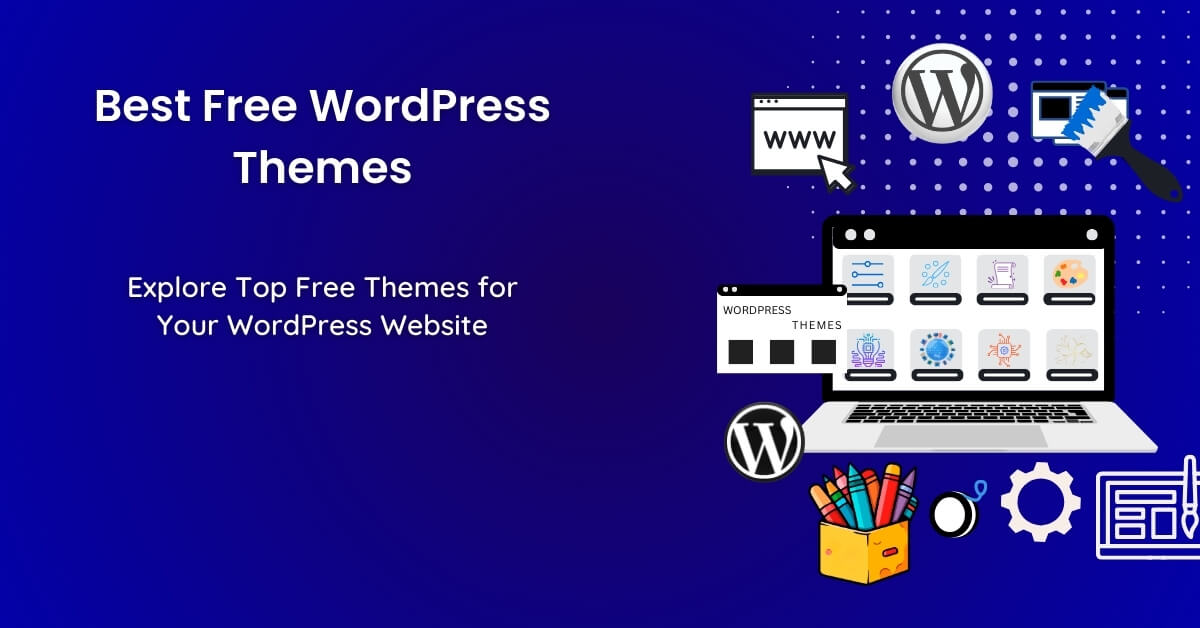The internet is an always-growing place where new stuff pops up every second. But how do all those search results magically appear when you type something in?
Well, behind the scenes, there’s a tireless, automated crew working hard: web crawlers. They are like the internet’s eyes and ears, constantly exploring data information for search engines, social media sites, and data tools.
This guide offers an extensive look at the list of web crawlers, how they operate, and why they matter for your website SEO.
What Are Web Crawlers and What Do They Do?
A web crawler, also known as a web spider or spider bot, is an automated program that is used by search engines or digital platforms to browse the World Wide Web.
Their main job is to discover, read, and organize web pages. They follow links, grab important info like titles, pictures, keywords, and hidden details (metadata). Search engines utilize this information to provide users with faster and more accurate search results.
But these digital helpers do way more than just power search. They’re super useful for things like finding the best deals on shopping apps, helping with SEO (making sure your website shows up in searches), keeping an eye on website changes, testing how sites work, and digging up tons of data for businesses.
Web Crawling vs. Web Scraping: A Clear Distinction
People often mix up web crawling and web scraping, but they’re different, even though they’re related.
Web crawling, or “spidering,” is all about finding new web addresses (URLs) and building a big map or index of web pages. It’s like an explorer, always looking for new content across the internet.
Web scraping, on the other hand, is the specific act of pulling out particular pieces of data from those web pages. Once a web crawler finds and opens a page, a web scraper then digs into its code (HTML) to grab the info you want, like product prices, descriptions, or contact details.
Process of Web Crawling: How Web Crawlers Work
To understand how powerful a web crawler is, you need to understand the clever ways these bots travel across the huge internet.
It’s not just random surfing; web crawling is a super-organized process designed to find, process, and organize web content efficiently.
🔗 Starting with Seed URLs
A web crawler begins its journey with a list of known web addresses, often called “seed URLs.”
From these starting points, the crawler systematically follows any links it finds on those pages to uncover new content. This continuous link-following helps the crawler constantly expand its “crawl frontier,” which is basically a list of links it’s found but hasn’t explored yet.
🌐 Fetching and Reading Pages
When a crawler lands on a new page, it doesn’t just glance over it.
It “reads” the content, grabbing all the text, images, and hidden tags like meta descriptions or structured data.
This information gets downloaded and prepared for indexing, making sure search engines know exactly what’s on the page.
🗂️ Smart Indexing for Fast Searches
Indexing is like putting all that collected data into a super-organized database. This way, when someone types a search query, the engine can instantly find the most relevant pages.
Because it’s impossible to index every single page on the internet, web crawlers use smart algorithms to decide what matters most.
They look at things like:
- How many other websites link to a page?
- How often do people visit it?
- Whether the site a trusted brand or not?
The idea is simple: popular, well-linked pages are more likely to have quality content.
🔄 It’s a Never-Ending Job
This whole process doesn’t stop. Web crawlers are always out there, exploring new sites, finding updates, and refreshing old data.
That’s how search engines keep their results fresh, complete, and useful every time you hit “search.”
What is Crawl Budget and Why Does It Matter
“Crawl budget” is the number of pages a web crawler, especially search engine bots like Googlebot, will look at on your website within a certain period of time.
Search engines have limited resources, so they can’t crawl every single page on the web each day. They decide how much time and effort to spend crawling your site based on factors like your site’s health, popularity, and how often your content changes.
If your site has thousands of pages — or even if it’s smaller but has a messy structure — you could run into issues where important pages don’t get crawled or indexed. That means they won’t show up in search results at all.
PRO SEO TIP: To help web crawlers index your site more easily, try to avoid placing content more than 3 clicks deep from your homepage.
Wasting your crawl budget on duplicate content, endless redirect chains, or broken links can slow down bots and hurt your visibility. It’s like having Googlebot spend all its time wandering empty rooms instead of looking at your best content.
The List of Web Crawlers You Should Know
The world of web crawlers is incredibly diverse. Different bots do different jobs, from filling up global search engines to gathering competitive info.
This table gives you a quick, side-by-side look at the most common and important web crawlers. It helps you quickly see what they’re mainly for and why they matter:
| Crawler Name | Type | Main Purpose | What’s Special |
|---|---|---|---|
| Googlebot | Search Engine | Indexes for Google Search | Most important, mobile-first, multiple types |
| Bingbot | Search Engine | Indexes for Bing & Yahoo | Powers Bing + Yahoo search results |
| Yandex Bot | Search Engine | Crawls for Yandex (Russia) | Key for Russian market |
| Baidu Spider | Search Engine | Indexes for Baidu (China) | Dominates Chinese search |
| DuckDuckGo Bot | Search Engine | Gathers data for private search results | Privacy-focused, no tracking |
| Yahoo! Slurp | Search Engine | Historical Yahoo indexing | Legacy crawler, still checks some sites |
| SemrushBot | SEO Tool | Crawls for SEO audits & keyword data | Powers competitive analysis in Semrush |
| AhrefsBot | SEO Tool | Collects backlink & traffic data | Used for deep SEO link intelligence |
| Facebook External Hit | Social Media | Fetches data for Facebook link previews | Ensures rich previews in shared posts |
| LinkedInBot | Social Media | Builds metadata previews on LinkedIn | Helps links stand out in LinkedIn feeds |
| Twitterbot | Social Media | Generates Twitter card previews | Displays images and headlines in tweets |
| Pinterest Bot | Social Media | Scans images for pins | Drives image discovery & sharing |
| Applebot | Assistant Data | Powers Siri & Spotlight suggestions | Growing importance with Apple AI services |
1. Googlebot: The Big Boss
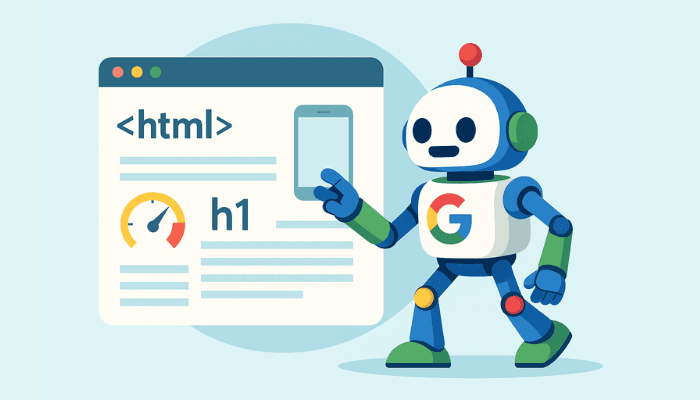
Googlebot, operated by Google, constantly travels the web to discover and index new content for Google Search. It’s incredibly advanced, handling everything from standard text pages to images, videos, and news.
However, while it’s excellent at prioritizing high-quality, mobile-friendly pages, it tends to overlook slow-loading or technically flawed sites, meaning important content might not get indexed if the site’s structure or performance falls short.
Googlebot isn’t just one thing; it’s a bunch of specialized types:
- Googlebot Desktop: Crawls pages as a desktop browser for regular indexing.
- Googlebot Smartphone: Crawls as a mobile device. Since Google uses mobile-first indexing, this bot is critical.
TIP: Check in Google Search Console under “Crawl Stats” to see how often Googlebot visits your site.
2. Bingbot
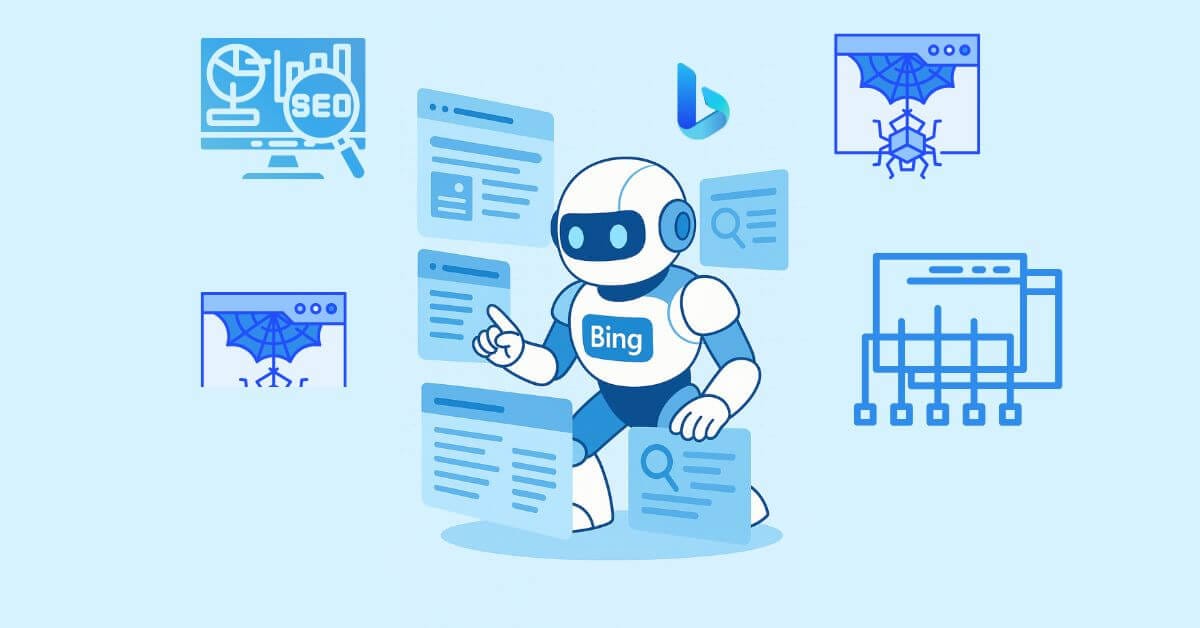
Bingbot is Microsoft’s web crawler for the Bing search engine, and it also has desktop and mobile versions.
It efficiently handles both desktop and mobile pages, which makes it valuable for reaching audiences beyond Google. On the downside, it sometimes lags in picking up recent site updates or may allocate less crawl attention to smaller sites.
TIP: Set up Bing Webmaster Tools to see how Bingbot views your site and submit sitemaps.
3. Yandex Bot
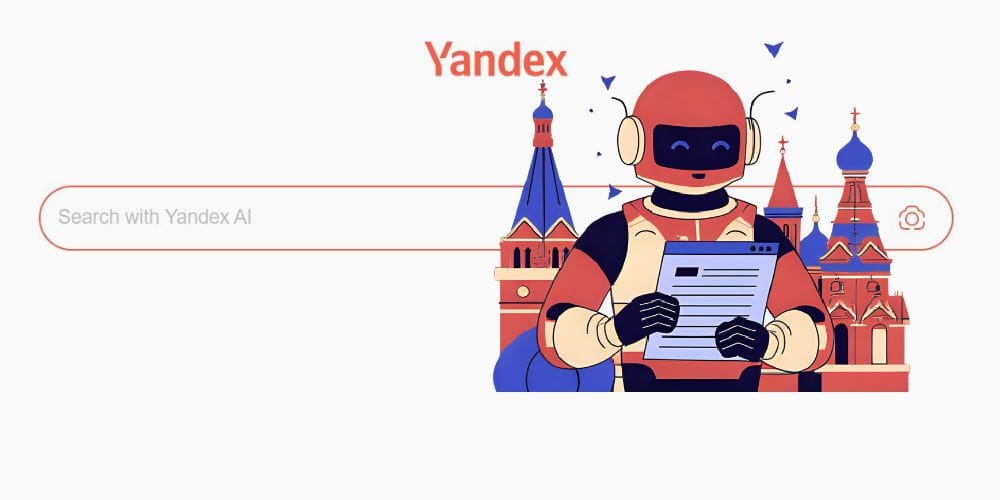
Yandexbot serves Russia’s largest search engine, Yandex, and is exceptionally good at processing Cyrillic content and local Russian site structures. This makes it indispensable for brands trying to reach Russian users.
But it can struggle when sites use multiple languages or complex international setups, so site owners targeting Russia often create dedicated, localized versions to help Yandex Bot navigate more easily.
4. Baidu Spider
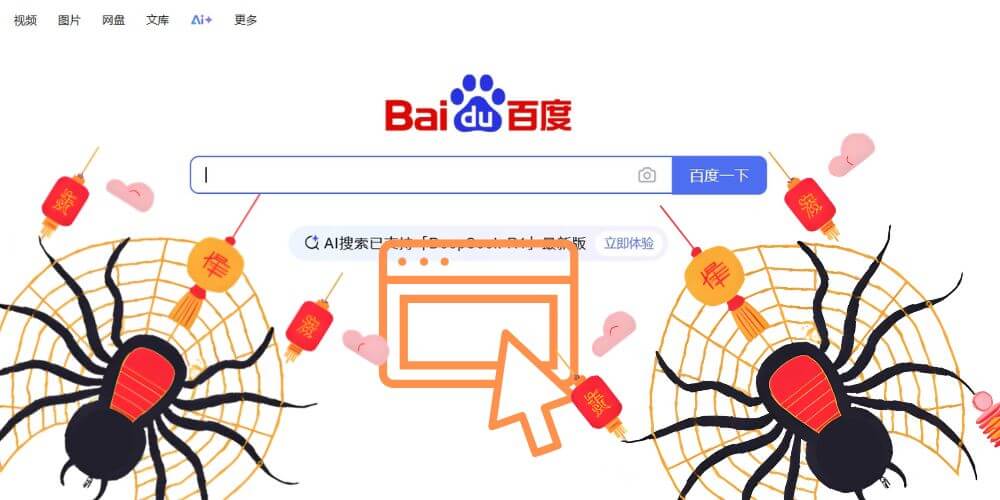
Baidu Spider is the crawler behind Baidu, China’s top search engine. It plays a crucial role for anyone wanting visibility in the Chinese market, as it thoroughly scans sites that cater to simplified Chinese.
However, it often has trouble processing heavy JavaScript frameworks and sites hosted outside of China, which can limit how well it indexes Western-designed pages.
TIP: Hosting your site closer to China and securing an ICP license can significantly improve how Baidu Spider views your content.
5. DuckDuckGo Bot
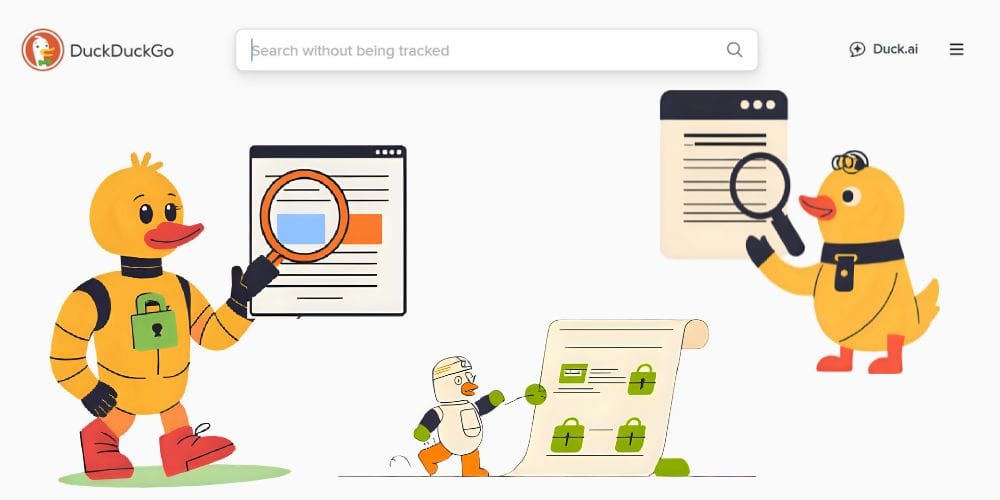
DuckDuckGo Bot explores the web to fuel DuckDuckGo’s privacy-focused search engine. It’s known for not tracking users or building personal profiles, which aligns with growing privacy demands.
Although DuckDuckGo drives less traffic overall than giants like Google, making sure your site is accessible to this bot means reaching an audience that values privacy and clean data practices.
6. Yahoo! Slurp
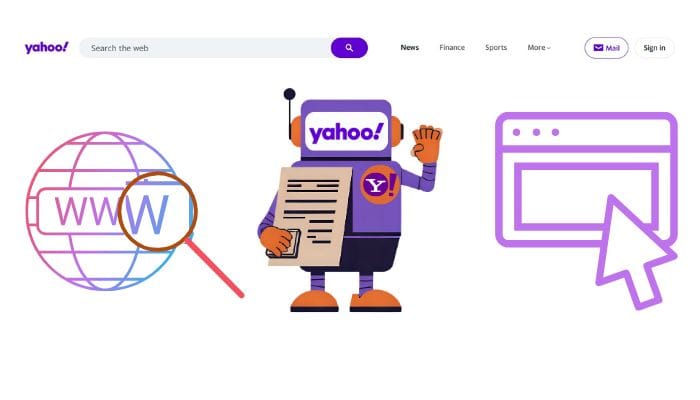
Yahoo! Slurp is Yahoo’s long-standing crawler. While much of Yahoo’s search results now come through Bing.
Slurp still checks sites and maintains some indexing functions. It typically doesn’t require much additional effort if your site already caters to Bingbot, but it ensures older Yahoo properties and certain partner networks can still find your content.
7. SemrushBot
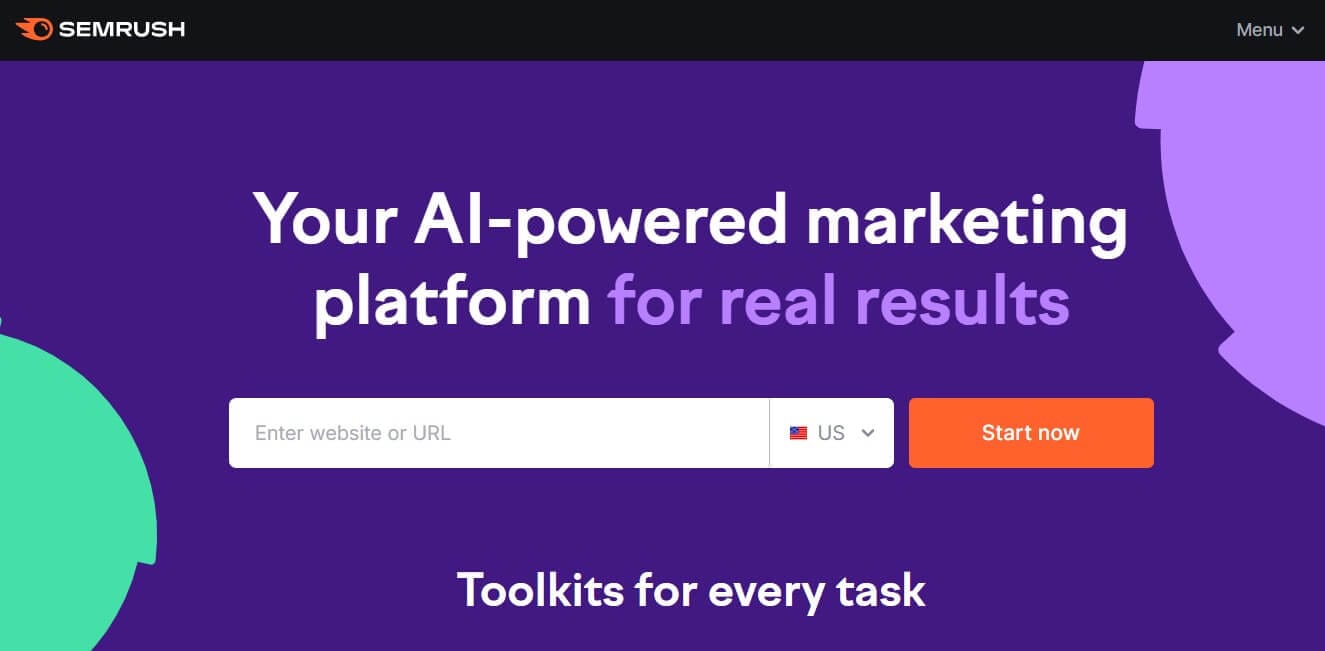
SemrushBot roams the web collecting data that powers Semrush’s popular SEO tools. It helps build extensive reports on backlinks, keyword rankings, and site health.
This is extremely useful for anyone doing competitive research. Frequent visits from SemrushBot can slightly increase server load, so large sites sometimes adjust their crawl settings to keep things balanced.
8. AhrefsBot
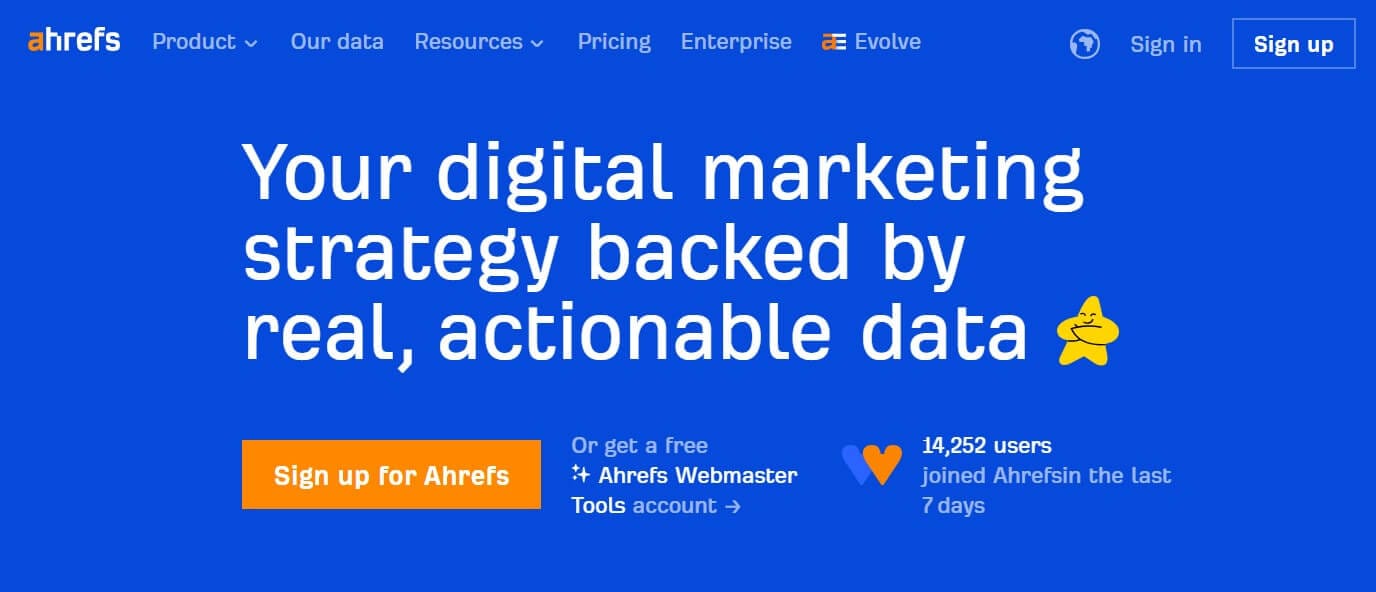
AhrefsBot is behind Ahrefs’ detailed link intelligence platform.
It’s remarkably thorough, often spotting backlinks and content updates that even other crawlers might miss, which helps Ahrefs produce very complete SEO reports.
However, because it’s so active, site owners with limited hosting resources occasionally monitor or throttle its requests to maintain server performance.
9. Facebook External Hit
Facebook External Hit is operated by Meta, which checks your pages whenever someone shares a link on Facebook, pulling in data to create attractive previews with images, headlines, and descriptions.
This greatly boosts how posts appear in people’s feeds. If a page lacks well-set Open Graph tags, though, Facebook may generate a bland or incomplete snippet, so it’s smart to test your URLs with Facebook’s Sharing Debugger to see exactly how they’ll look.
10. LinkedInBot
LinkedInBot reviews pages to generate polished link previews whenever your content is shared on LinkedIn.
This enhances how your articles and product pages appear in professional feeds, encouraging more clicks. But without strong meta tags, LinkedIn might display only a plain URL, missing a chance to visually showcase your brand.
11. TwitterBot

Twitterbot regularly checks your site whenever someone tweets a link, fetching your page’s title, image, and description to build that familiar Twitter card preview.
It’s excellent for spreading your content across the platform with visually appealing snippets that encourage clicks. However, if your meta tags are missing or outdated, Twitterbot might pull in the wrong image or crop it awkwardly, making your posts look unprofessional.
TIP: Keeping Open Graph and Twitter Card tags up to date ensures your content shines on every retweet.
12. PinterestBot
Pinterest Bot explores websites in search of images to pin on user boards.
It’s heavily focused on finding high-quality visuals and related metadata, which means your photos have a better shot at gaining exposure across countless Pinterest feeds.
The downside is that if your site’s images lack proper alt text or structured data, Pinterest Bot might overlook them entirely.
TIP: Using descriptive filenames and adding rich pins can greatly improve how your content gets shared and discovered.
13. AppleBot
Applebot works behind the scenes to gather data that powers Apple services like Siri and Spotlight.
It crawls websites to find answers users might ask through voice commands, or to populate rich results inside Apple devices. While Applebot generally follows the same crawling standards as Googlebot, it pays extra attention to schema markup and structured data to help fuel voice search.
Sites that skip these modern best practices might not appear in Apple’s suggestions, missing a chance to reach iPhone and Mac users.
Other Notable Web Crawlers
Beyond the major bots, many other crawlers help index the web, fetch data for social platforms, or power specialized SEO tools. Here’s a quick look:
- Sogou Spider: Important for reaching users through Sogou, another major Chinese search engine.
- MojeekBot: An independent UK-based search engine bot focusing on privacy and non-tracked indexing.
- SeznamBot: Indexes sites for Seznam, the most popular search engine in the Czech Republic.
- NaverBot: The primary crawler for Naver, South Korea’s leading search engine.
- Ecosia Bot: Gathers data for Ecosia, the eco-friendly search engine that plants trees with ad revenue.
- Rogerbot: Moz’s crawler that powers technical SEO reports and site audits.
- Majestic-12(MJ12): Used by Majestic(search engine) to build one of the largest backlink indexes, tracking link history and trust flow.
- GoogleOther & Google-InspectionTool: Handle non-search background crawling tasks for Google services, like checking APIs, CDNs, and running manual inspections via Search Console.
- Archive.org Bot: Captures snapshots of web pages for the Wayback Machine, preserving the internet’s history.
Impact of Web Crawlers on SEO
Web crawlers are the very first step for any website to show up in search results. They find pages, “read” their content, and then add them to the search engine’s huge index.
Without this initial crawl, search engines wouldn’t even know your website exists, making it basically invisible to searches.
So, how easily your site can be crawled (called “crawlability”) directly affects its ranking on Search Engine Results Pages (SERPs). Websites that are easy to crawl tend to rank higher, while those that are difficult or completely blocked from crawlers will rank lower or not appear at all.
Optimizing for Crawlability: SEO Best Practices
Optimizing your website for crawlability means following several technical SEO best practices that help web crawlers do their job efficiently.
Mobile-friendliness and website speed are super important. Googlebot, for instance, has both desktop and smartphone versions, highlighting why your website needs to look good and load fast on all devices. Bingbot also has mobile versions, reinforcing this need.
Providing a sitemap (usually an XML file listing all important URLs on your site) gives web crawlers a clear roadmap, helping them find all your content more efficiently. This sitemap tells crawlers important things like the page’s address, when it was last changed, how often it changes, and how important it is.
Properly managing your robots.txt file is another basic best practice. It guides good web crawlers to your important content while keeping them away from irrelevant or sensitive areas.
Lastly, a strong internal linking structure is essential. It helps web crawlers discover more pages within your site and understand how they’re all connected, spreading “link equity” effectively across your site.
The way your website performs and how efficiently a web crawler works together is a team effort.
Conclusion
From the basic job of indexing for search engines to the detailed data collection for market insights and digital preservation, web crawlers are essential builders of the modern internet.
Their evolution shows the growing demand for organized web data, driving new ideas in both open-source tools and advanced commercial services. As the digital world keeps growing and changing, the role of web crawlers will only become more complex and important.
The future of web data depends on our ability to responsibly use the power of these tireless digital spiders(web crawlers).
If you’re just starting, don’t miss our complete WordPress beginner’s guide.
We hope we covered everything you wanted to know about web crawlers, important web crawlers, and how they impact your SEO. If you found this post helpful, please share it with others who might benefit.



